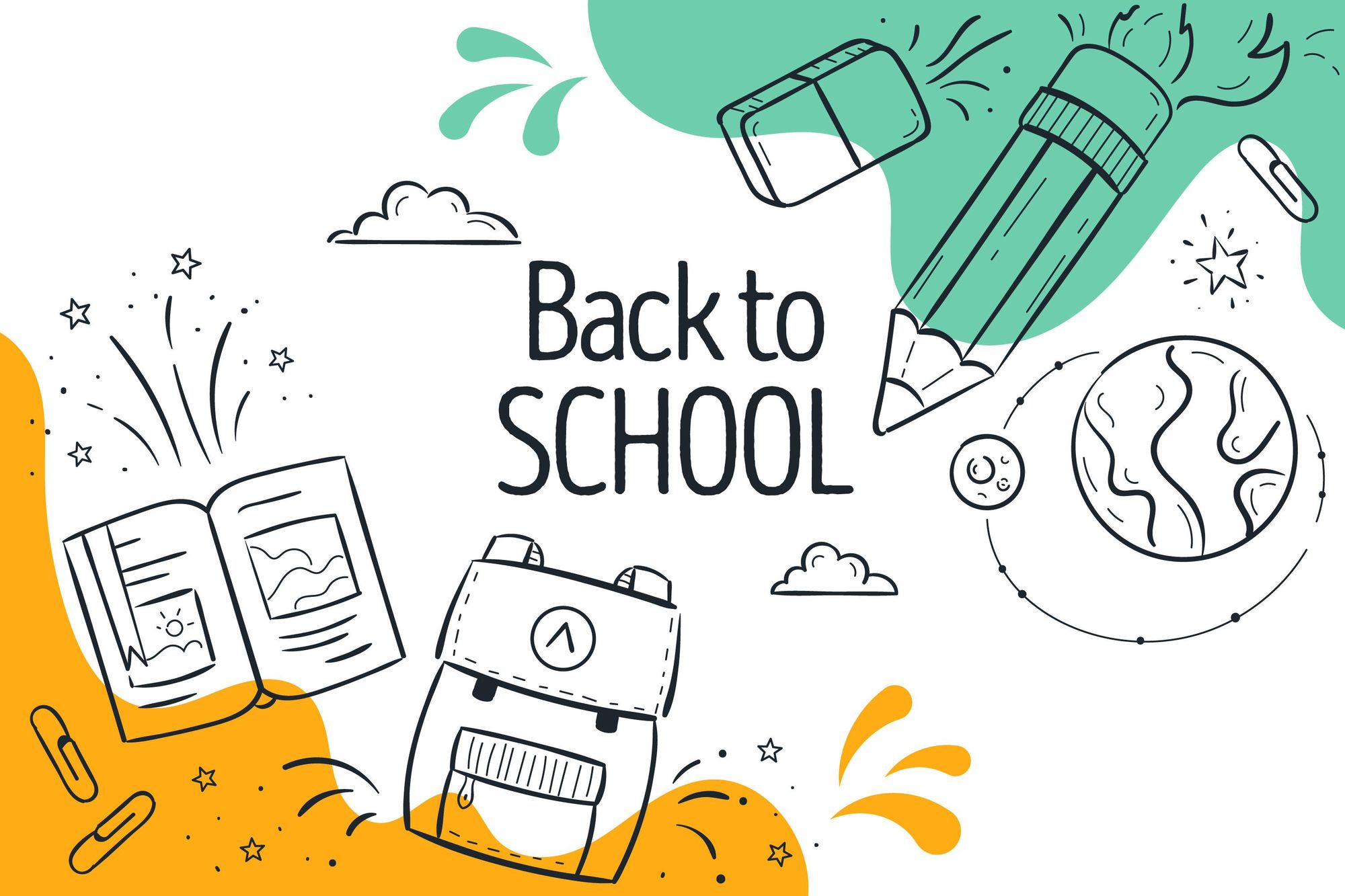Returning to an Inclusive and Accessible School for Disabled Students
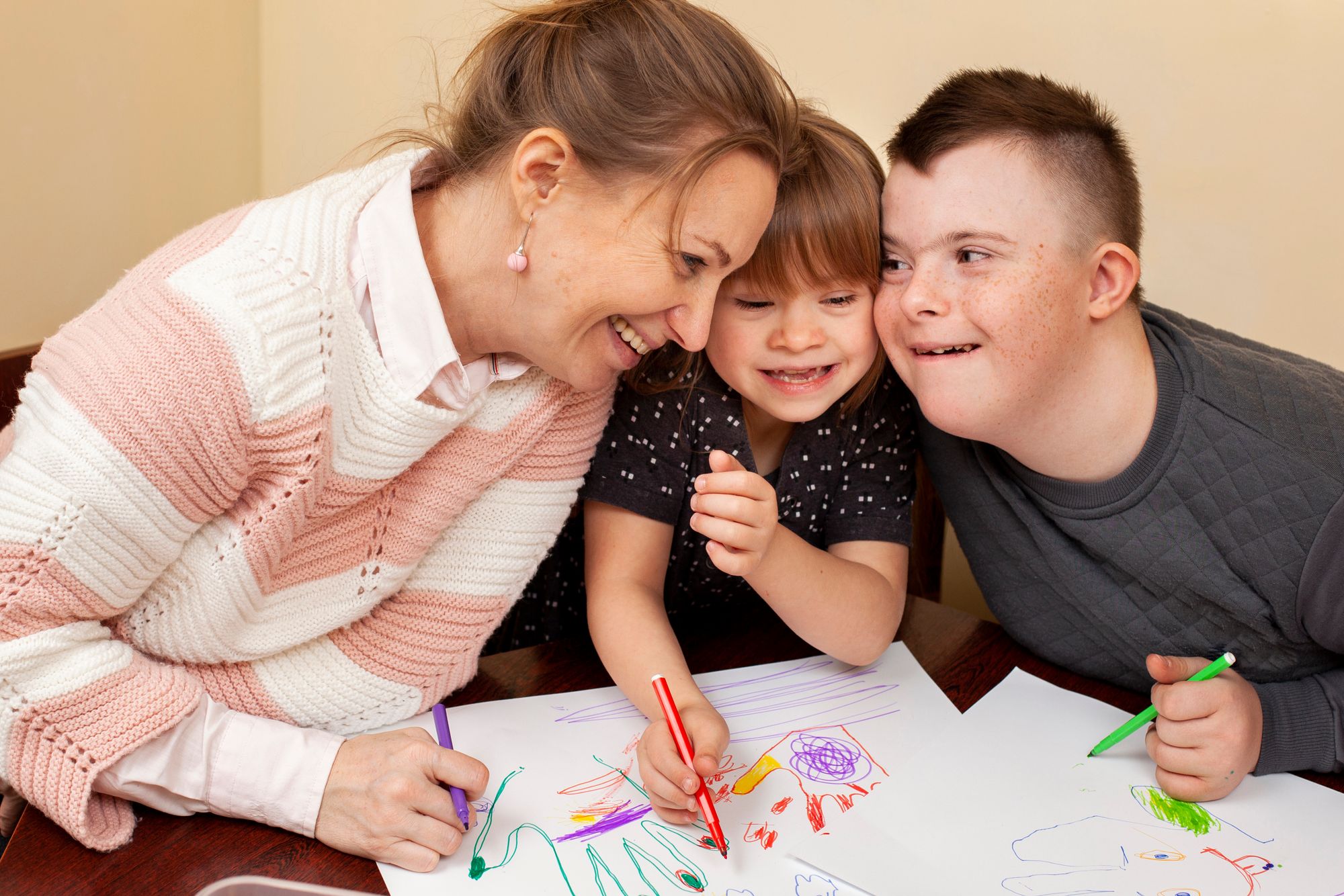
The speed and scope of the educational disruption are unprecedented, endangering the progress made in access and learning, and putting millions of students at risk of learning loss or regression.
Students with disabilities, students who rely on classroom support staff, and students who use learning aids and equipment that were not available at home during school closures are more likely to have missed out on their education, and they are especially at risk of dropping out of school if the closures continue. The limitations that students with impairments faced prior to the epidemic aggravate these COVID-related educational challenges further. Prior to the COVID-19 epidemic, children with impairments faced significant challenges in receiving a good education.
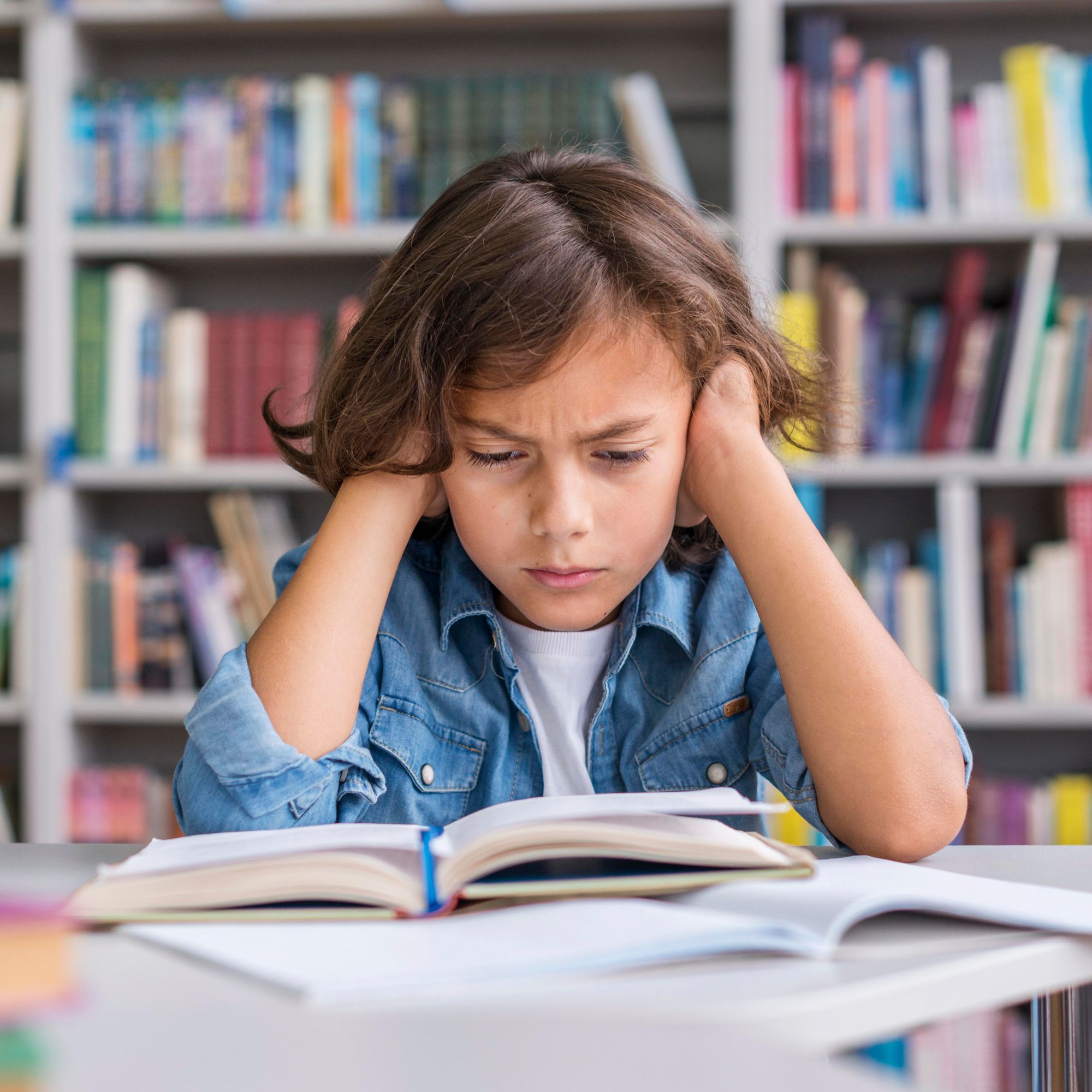
Schools in Malaysia continue to suffer another lockdown and closure till further notice while schools in Singapore and Vietnam are slowly reopening. With many uncertainties, how can we make schools more inclusive and accessible once they return to their education homes?
This is especially for schools that cater to students with developmental needs or operating as a school for the disabled.
Keep in mind that not all disabilities are obvious
Lockdown and school closures have significant consequences for students with special needs in terms of learning support, structure, routine, and behaviour.
It can also be particularly disruptive to a student's routine, which can exacerbate behaviour issues in students with developmental needs even more. Lack of structure has a severe impact on impaired children's social and emotional development, increasing mental health issues.
The delay in schooling is likely to make the initial return to school and subsequent social contact more difficult, particularly for children with anxiety issues. For students with developmental challenges, issues in catching up are likely to be compounded due to their need for additional educational help.
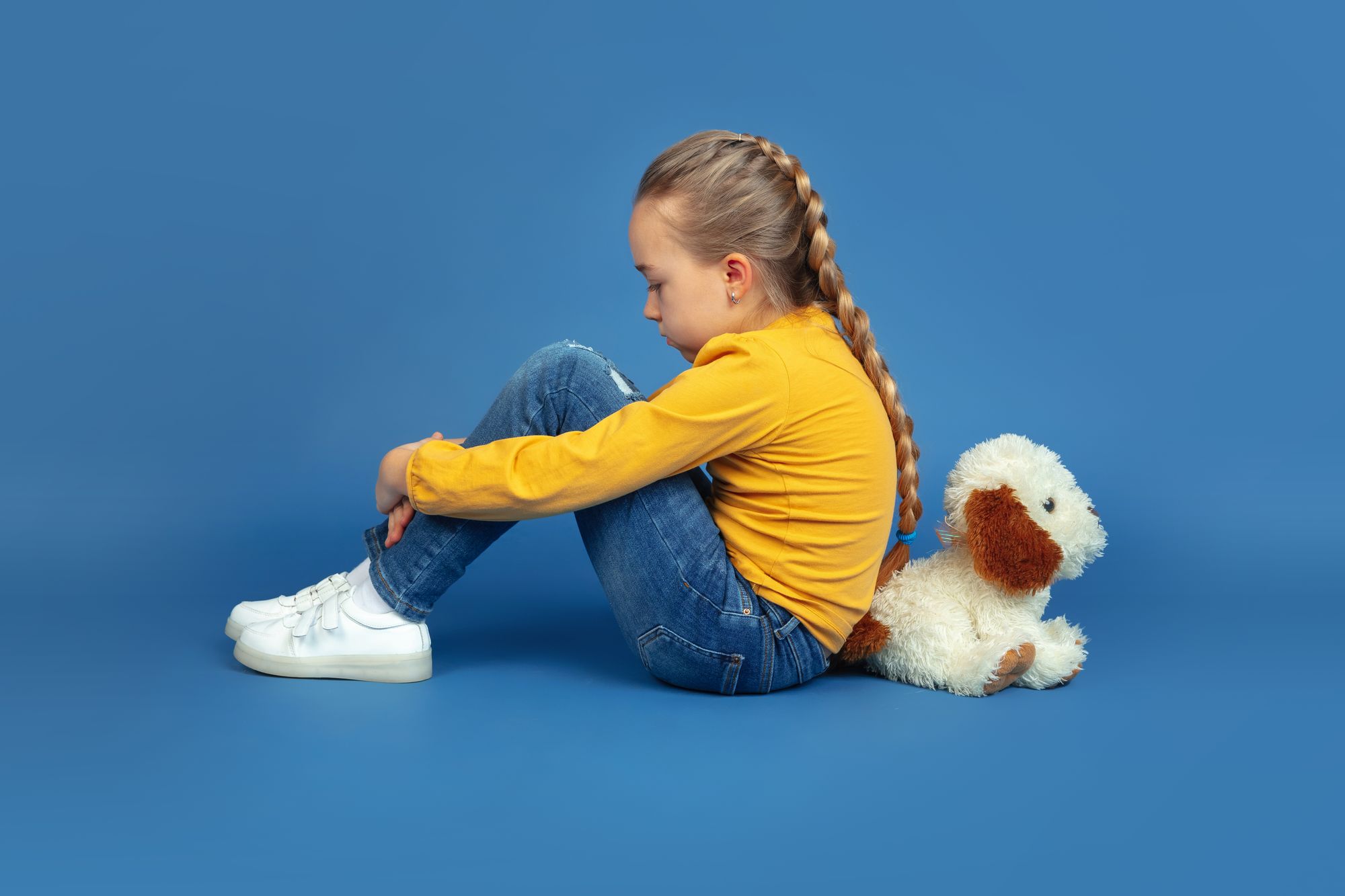 Symptoms of a struggling student with a learning disability include:
Symptoms of a struggling student with a learning disability include:
- An increase in potentially dangerous behaviours (self-injury like head banging or biting, hitting out at others, throwing objects, shouting and screaming)
- Feeling unwell (always rule out physical reasons for this)
- Repetitive behaviours, sounds, or inquiries have increased.
- Not sleeping well
- Any school-related object, such as school attire, or the necessity to leave the house, causes them to get worried or distressed
What can schools do?
All of these tactics will have to be customised to meet the demands of each individual.
Each student with a learning disability is unique, and some will require more communicative and visual tools to aid understanding than others. Use easy-to-understand terminology.
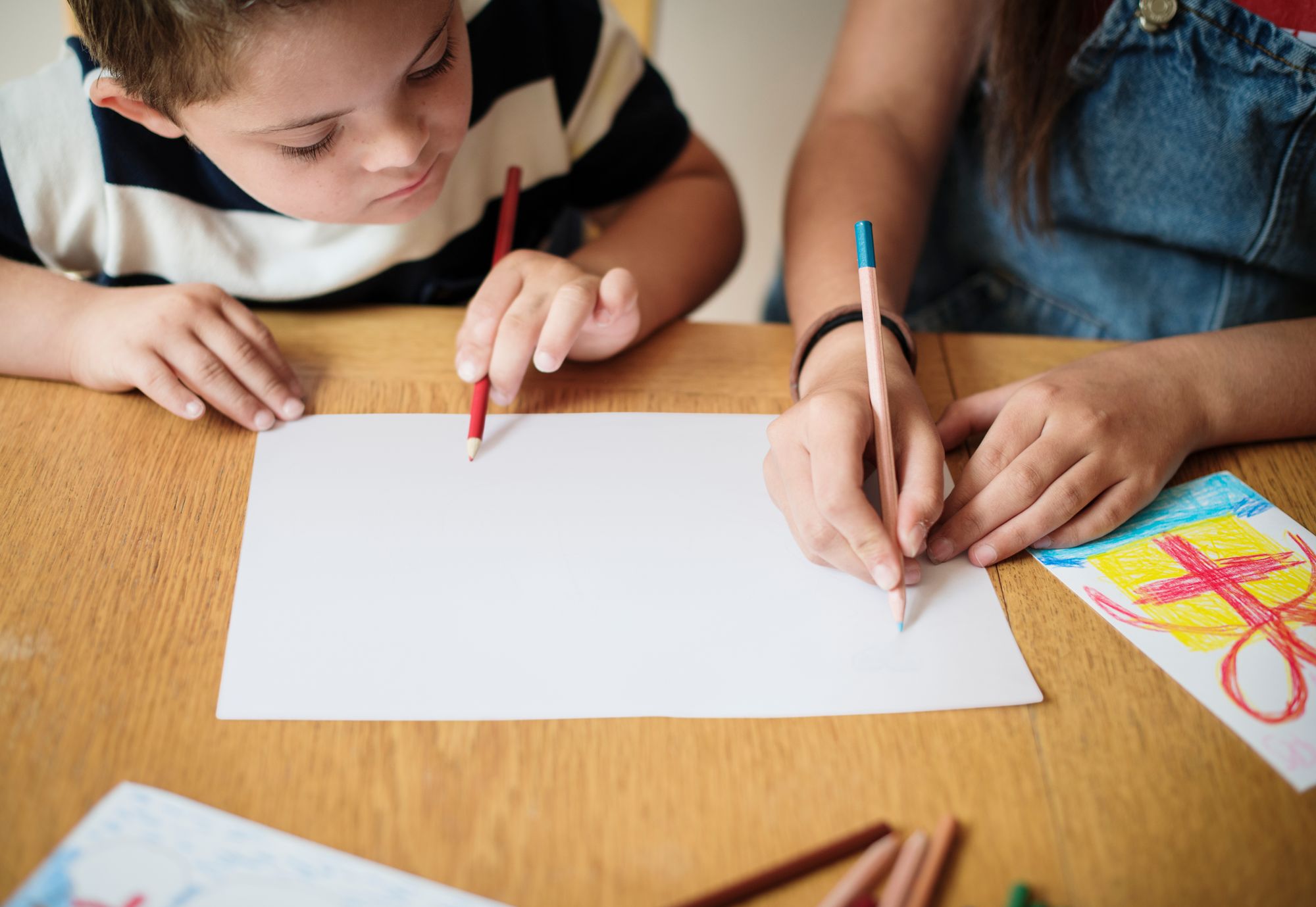
Below are some examples of graphic materials that can be used and changed.
1) Normalize and validate the fact that everyone has feelings. And that this is perfectly normal. Anxiety is a natural reaction to feeling threatened or threatened, and it can be amplified during a pandemic. Feelings might be difficult to comprehend, especially returning to an unfamiliar place after a long period of time. Visual symbols and social stories can help students with learning disabilities understand what to do when they are experiencing specific emotions. Use straightforward language that conveys the message that everyone is concerned at times, and that this is normal, as well as specific examples of what they can do.
2) Set a predictable routine. Because returning to school will be a significant shift, try to keep as many other aspects of their daily lives as consistent as possible so that the student does not have to adjust to many life changes at once. To help children feel settled and confident, keep life as peaceful and predictable as possible. For example, set meal times, rest and playtimes accordingly for a few weeks.
3) Take the time to try to comprehend any concerns. Keeping a diary of changes in behaviour to search for trends of what can trigger behaviour could be beneficial. This will help you understand how to respond to behaviours, how to support them proactively, and how to avoid triggers as much as possible. This will also help build a rapport with parents as you both understand what's going on with the student and what can be done to help.
4) Other ways to prepare for returning to school include using visual timetables and countdowns which include ‘school/no school’ symbols. Examples of all of these resources can be found here:
- Introducing routines
- School/no school symbols
- Weekly timetable (1 row)
- Weekly timetable (2 rows)
- Weekly timetable (3 rows)
How schools can involve parents to help
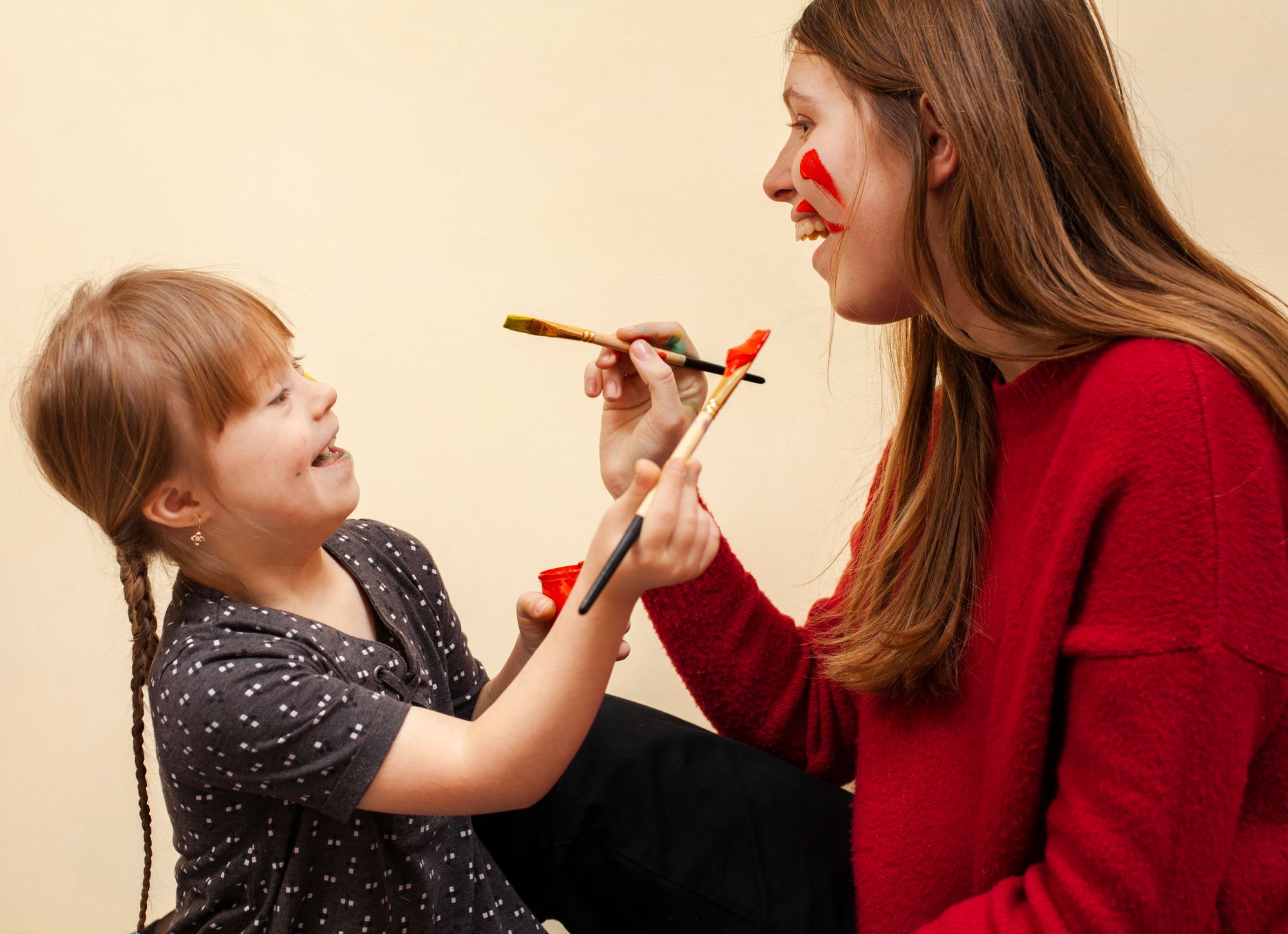
Parents play an important role and just carries as much weight as the schools have when planning for a student's return to school.
Here are some helpful tips that you can provide to parents:
- In the weeks preceding up to the start of school, try to help your child establish a decent sleep schedule. Setting a time to switch off all electronics before bed, doing something soothing before bed, and restricting food and drink that makes it difficult to settle are examples of this.
- Encourage them to go for a walk. This could include going for walks outside or doing other activities they enjoy, such as cycling, getting 20 minutes of outdoor air in the garden, performing star jumps, skipping, dancing, or visiting a park (if able to maintain social distancing). Setting a timer or doing anything until the end of a song can sometimes create a clear start and stop point.
- Consider your child's interests and develop a daily routine that is both entertaining and inspiring. This must be something they enjoy and find simple to complete (this may be with support). Singing along to music, watching their favourite show, doing sensory activities, drawing and painting, playing a game, playing instruments, playing with or walking their pet with you, and baking are just a few examples.
- Provide opportunities for them to exercise choice and control in their daily lives. This could include things like food and drink preferences, as well as favoured activities. Provide only two to three options and use graphic cues to enhance communication in a non-overwhelming manner.
It's never easy especially for students to shift their routines in relative of a few months, more so for students with development needs. While the world is an uncertain and scary place to be out there, as schools and parents, it's our job to ensure that our children have a safe place to go to and that their education is prioritised. Whether they are abled or disabled students, we each have an important role to play and starting somewhere is still a starting point.
#ICYMI LittleLives hosted a webinar on Caring for Children with Developmental Needs which featured speakers that are professionals in dealing with students with developmental needs and schools, associations, educators and parents can play a role.
Article and video here.


